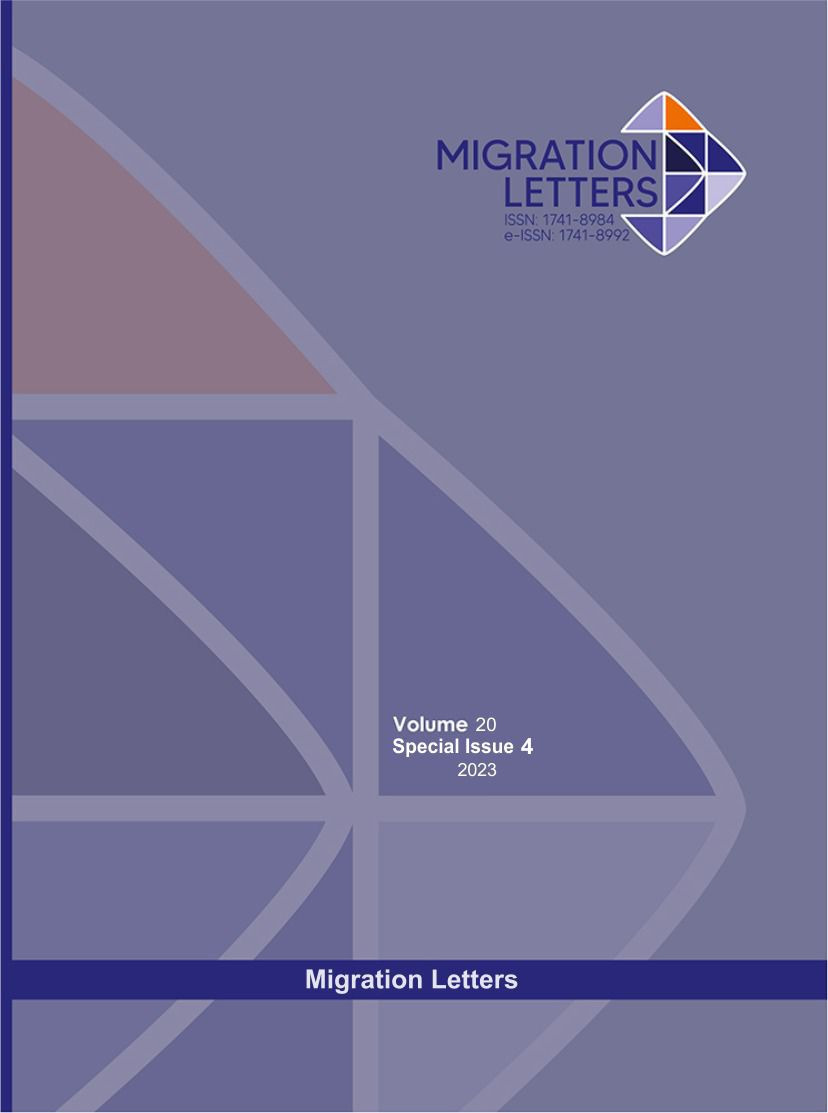DANG-EY: Applai Indigenous Living Practices in Tabuk City
DOI:
https://doi.org/10.59670/ml.v20iS4.3831Abstract
This study delves into the indigenous living practices of the Applai People in Tabuk City, Philippines, with a specific focus on their mourning tradition known as "Dang-ey." The Philippines boasts a rich cultural tapestry, comprising approximately 187 ethnolinguistic groups, each possessing unique customs and rituals related to death and mourning."Dang-ey" represents an oral tradition deeply rooted in the Mountain Province, serving as a medium for expressing grief and commemorating the departed. This tradition encompasses various forms of expression, including chants, prayers, poems, and stories shared by elders. Beyond its role in conveying sorrow, "Dang-ey" also serves as a conduit for passing down life lessons and collective memories. It stands as a cornerstone of the oral heritage of the Applai People, facilitating the transmission of knowledge across generations.The primary objective of this study is to document and preserve the "Dang-ey" tradition, recognizing its profound cultural, religious, and philosophical significance. In an era marked by modernization, oral traditions like "Dang-ey" face the threat of fading into obscurity, risking the loss of invaluable values and local wisdom. By meticulously recording and documenting this tradition, the researchers aspire to secure its survival for both present and future generations.The study's conceptual framework posits that "Dang-ey" embodies religious insights, historical context, and local wisdom, all of which constitute integral facets of this oral tradition. These values are transmitted verbally from one generation to the next, thereby ensuring the perpetuity of cultural practices.In conclusion, this study underscores the paramount importance of preserving oral traditions like "Dang-ey" to safeguard cultural heritage and cherished values. It contributes to the broader discourse on the significance of oral history in preserving and celebrating the rich cultural diversity and heritage of indigenous communities.
Metrics
Downloads
Published
How to Cite
Issue
Section
License

This work is licensed under a Creative Commons Attribution-NonCommercial-NoDerivatives 4.0 International License.
CC Attribution-NonCommercial-NoDerivatives 4.0






